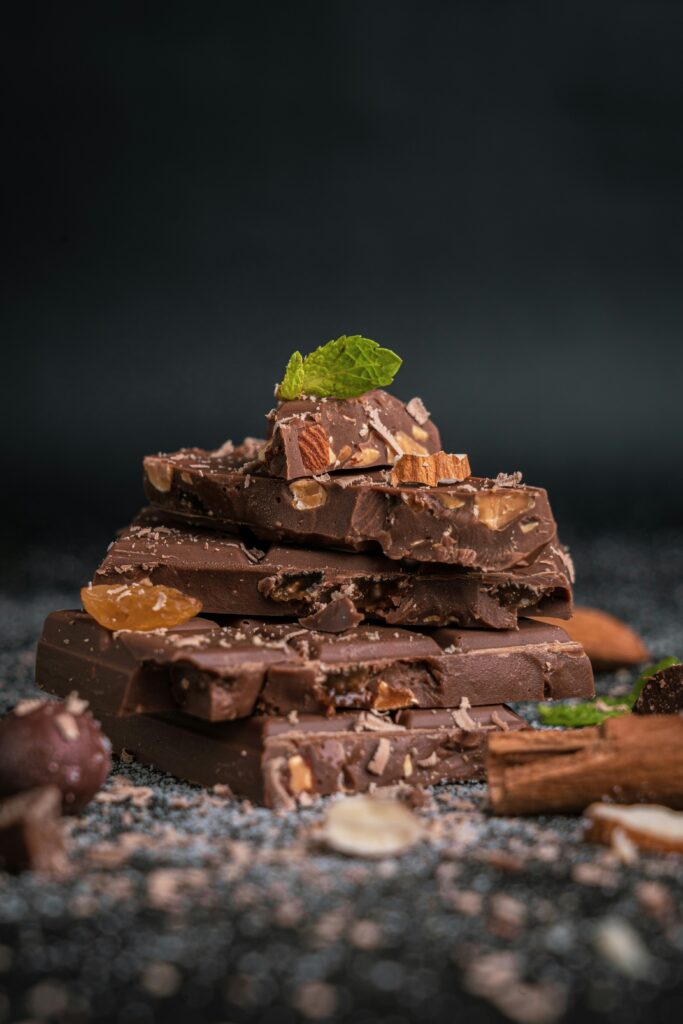Chocolate can take on many flavors – from fruity and floral to strong and bitter. Now scientists have made a breakthrough in understanding the fermentation of cocoa beans. An international team led by Prof. David Salt from the University of Nottingham studied beans from three regions in Colombia and showed how specific microbes active during fermentation play a decisive role in shaping the final taste of chocolate.
Nine microbes as the “secret ingredient”
While beans from Santander and Huila developed fruity and floral notes during fermentation, those from Antioquia lacked these aromas due to a different microbial community. Through genetic analysis, the researchers identified nine key microbes that together produce citrus, fruity, and floral notes. In experiments, sterile beans fermented with this microbial mix yielded cocoa with a refined flavor, reduced bitterness, and less astringency.
According to Salt, the discovery opens new opportunities for chocolate production: farmers could cultivate conditions that favor these microbes to consistently produce fine-flavor cocoa. This could not only reduce costs in chocolate manufacturing but also lead to the creation of entirely new flavor profiles – a kind of “secret sauce” for the future of chocolate.


